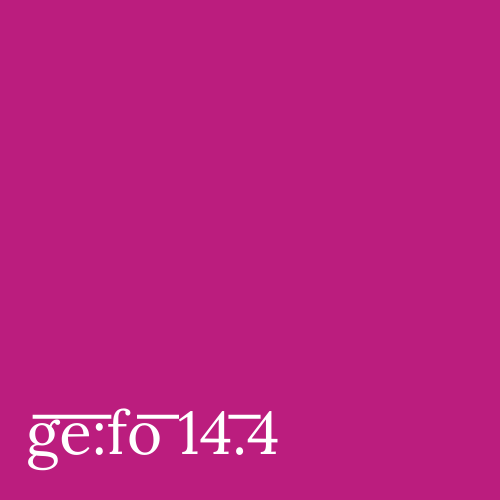Conferences, cultures and cutting: A review of Girl Summit 2014 and its approach to female genital cutting
DOI:
https://doi.org/10.18716/ojs/gefo/2015.2673Keywords:
Female Genital Cutting, FGC, Female Genital Mutilation, FGM, Child, Early and Forced Marriage, CEFMAbstract
In the past thirty-five years the issue of Female Genital Cutting (FGC) has been the site of much academic critique and debate. Despite decades of impassioned interventions by feminist, health and human rights activists seeking to eliminate the practice, FGC continues in a variety of forms around the world. In July 2014, Girl Summit sought to raise awareness around girls’ and women’s rights, launching a new campaign against Female Genital Mutilation (FGM) and Child, Early and Forced Marriage (CEFM). In this paper, we argue that Girl Summit 2014 presented an over-simplified conceptualisation of FGC, characterised by sensational language, questionable claims and minimal cultural analysis and reflexivity, as evident on United Kingdom Government web publications. Further, we argue that the lack of engagement with the rich and extensive debate around FGC resulted in Girl Summit 2014 advocating a cross- cultural feminist praxis uncritical in nature and limited in effect. A review of feminist, health and human rights literature suggests that effective work around girls’ and women’s rights requires cultural sensitivity and community-led action, wherein local agents are empowered to pursue agendas and objectives reflecting grass-roots concerns.



